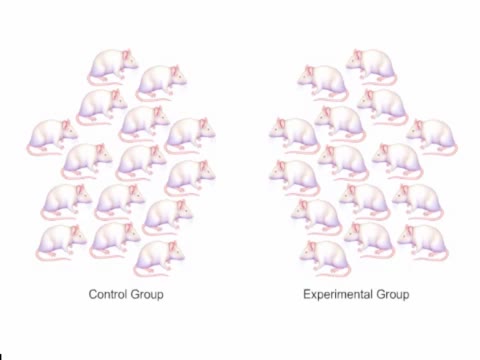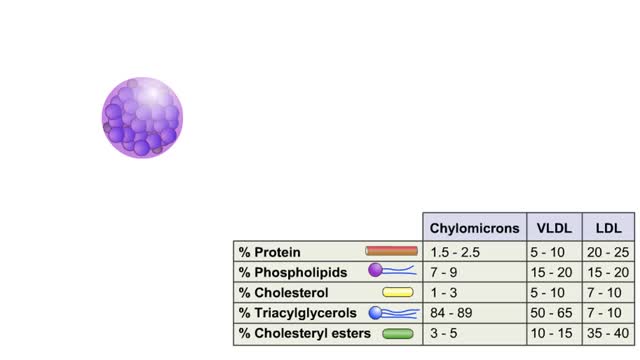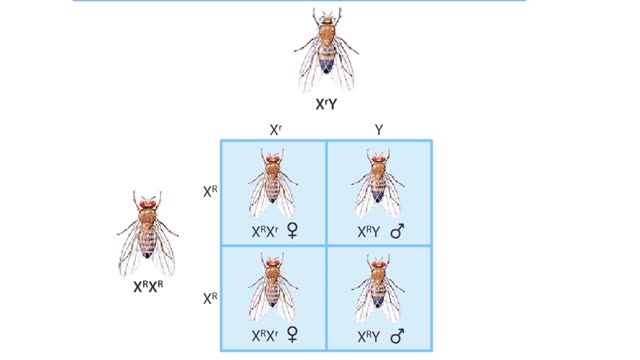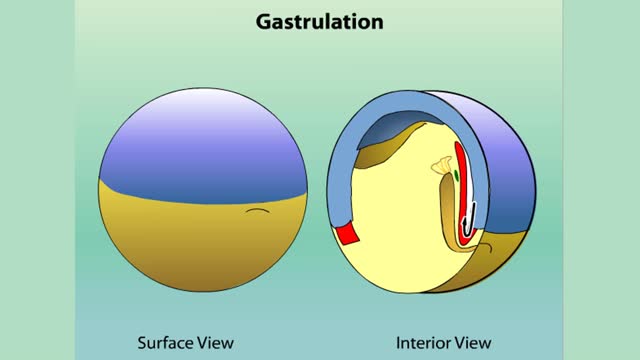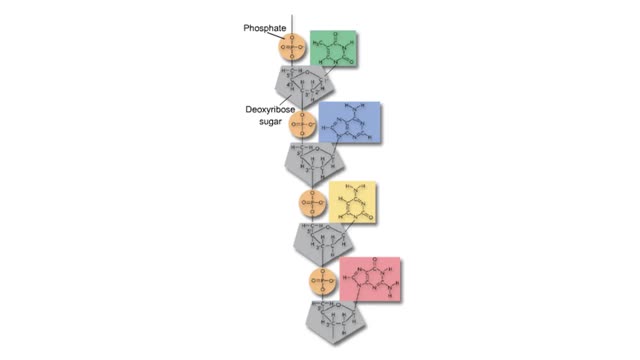Search Results
Results for: 'pH'
Bacteriophage (Virus) - Mice Experiment
By: HWC, Views: 11055
Also known as phages, these viruses can be found everywhere bacteria exist including, in the soil, deep within the earth's crust, inside plants and animals, and even in the oceans. Bacteriophages (phages) are viruses of bacteria that can kill and lyse the bacteria they infect. ... The lethalit...
By: HWC, Views: 10659
LDL comprises 60–70% of total blood lipoproteins and is responsible for carrying cholesterol particles throughout your body. Having a lot of cholesterol carried by LDL lipoproteins is associated with an increased risk of heart disease. In fact, the higher the level, the greater the risk. ...
By: HWC, Views: 10650
Baroreceptors located In the carotid sinus and the arch of the aorta respond to increases in blood pressure. Increased blood pressure stretches the carotid arteries and aorta causing the baroreceptors to increase their basal rate of action potential generation. Action potentials are conduct...
Sex-Linked Traits! How are eye colors inherited in fruit flies?
By: HWC, Views: 10396
The eye color gene is located on the X chromosome (one of the sex determining chromosomes of Drosophila). White eye color is recessive. When a red eyed male mates with white eyed females, their daughters will have red eyes, but their sons will have white eyes.
By: HWC, Views: 11157
he light-independent reactions make sugars by way of a cyclic pathway called the Calvin cycle. The cycle begins when rubisco attaches a carbon from carbon dioxide to ribulose bisphosphate. The molecule that forms splits into two molecules of PGA. Each PGA gets a phosphate group from ATP a...
Brief Summary on Photosynthesis - Animation
By: HWC, Views: 10412
Can increase its weight by 150 pounds as it grows. Where does the new tissue come from? From the soil? From water? Or possibly from the air? The amazing truth is that new material. comes from an invisible gas in the air. In the process of photosynthesis, plants capture carbon dioxide ga...
Gastrulation: cross section of the frog
By: HWC, Views: 10488
Gastrulation Most animals enter a phase early in development called gastrulation. In this phase, a tiny ball or disc of cells rearranges to form three embryonic layers of tissue, called germ layers. The germ layers of the embryo—now called a gastrula—are called the endoderm, mesoderm, and eco...
What are the Parts of a Plant Cell?
By: HWC, Views: 10400
Every chloroplast in a plant cell is packed with stacks of flattened sacs called thylakoids. The thylakoid membranes contain chlorophyll, as well as most of the other components required for the light reactions of photosynthesis. The chlorophyll-containing structures within the membranes are c...
Advertisement



